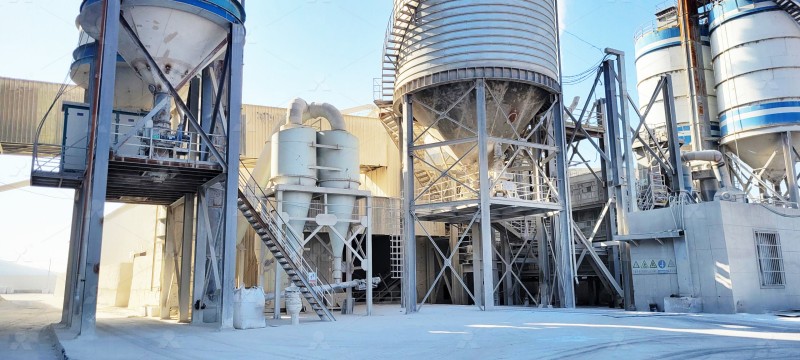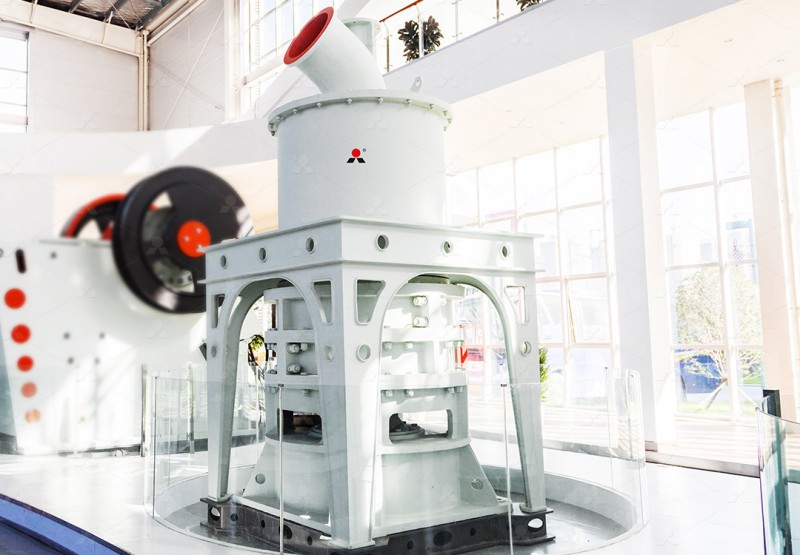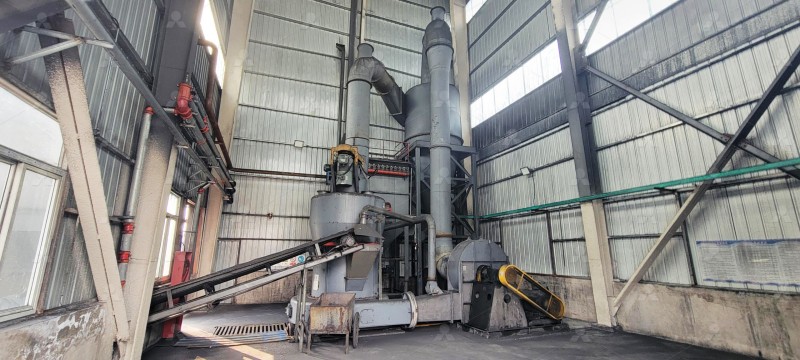Raymond Mill vs Trapezium Mill: Cost-Effectiveness Analysis for 7TPH 150-Mesh Lightweight Brick Limestone Grinding
Raymond Mill vs Trapezium Mill: Cost-Effectiveness Analysis for 7TPH 150-Mesh Lightweight Brick Limestone Grinding
Selecting the optimal grinding equipment for lightweight brick limestone production requires careful consideration of both technical specifications and economic factors. For a production target of 7 tons per hour at 150-mesh fineness, plant managers typically evaluate Raymond mills and trapezium mills as primary candidates. This analysis examines the cost-effectiveness of both technologies to determine the most suitable solution.
Technical Performance Comparison
Raymond mills have long been the workhorse of limestone grinding operations, offering straightforward operation and proven reliability. The traditional pendulum-style grinding mechanism provides consistent performance for moderate fineness requirements. However, when processing limestone for lightweight brick applications, the limitations of standard Raymond mills become apparent – particularly in energy consumption per ton and wear part longevity.

Modern trapezium mills, particularly the European-designed variants, represent significant technological advancements. The MTW series trapezium mills feature improved grinding curves, more efficient powder separation systems, and optimized airflow patterns. These enhancements translate to higher throughput capacity with reduced specific energy consumption – a crucial factor in today’s competitive building materials market.
Economic Considerations for 7TPH Operation
For a 7TPH production requirement, both mill types require careful sizing. Standard Raymond mills typically max out around 5TPH for similar applications, potentially necessitating multiple units or oversizing. Trapezium mills, with their higher capacity designs, can often meet the 7TPH requirement with a single, appropriately sized unit.
The operational economics reveal even more significant differences. Our analysis of multiple installations shows that trapezium mills consume approximately 20-30% less energy per ton of finished product. With electricity representing 40-60% of operating costs in grinding operations, this difference becomes substantial over the equipment lifespan.
Advanced Solution: MW Ultrafine Grinding Mill
For operations seeking to optimize both performance and cost-effectiveness, we recommend considering the MW Ultrafine Grinding Mill. This advanced system represents the next evolution beyond traditional trapezium designs, offering particular advantages for limestone grinding applications.

The MW series delivers higher yielding capacity with lower energy consumption, achieving production rates 40% higher than jet mills with system energy consumption only 30% of comparable systems. For your 7TPH requirement, the MW model provides ample capacity headroom while maintaining efficient operation. The adjustable fineness between 325-2500 meshes ensures consistent 150-mesh output quality for lightweight brick production.
Notably, the MW Ultrafine Grinding Mill’s unique design eliminates rolling bearings and screws in the grinding chamber, significantly reducing maintenance concerns and downtime. The integrated pulse dust collector ensures environmentally compliant operation – an increasingly important consideration for building materials manufacturers.
Long-Term Operational Costs
Beyond initial investment, the total cost of ownership over a 5-year period favors modern trapezium designs and specifically the MW series. Reduced wear part consumption, lower energy requirements, and higher reliability contribute to a significantly improved return on investment. Our calculations indicate payback periods of 18-24 months for upgrading from older Raymond mill technology to advanced trapezium or MW series mills.

The product quality consistency also impacts downstream operations in lightweight brick manufacturing. The more uniform particle size distribution from advanced grinding systems improves brick strength characteristics and reduces raw material consumption through better packing density.
Conclusion
For 7TPH 150-mesh lightweight brick limestone grinding, modern trapezium mills generally offer superior cost-effectiveness compared to traditional Raymond mills. The MW Ultrafine Grinding Mill specifically addresses the requirements of this application with optimized efficiency, reliability, and product quality. The higher initial investment is typically recovered within two years through operational savings, making it the recommended solution for forward-thinking operations.
Frequently Asked Questions
Can a standard Raymond mill handle 7TPH of limestone at 150 mesh?
Most conventional Raymond mills are limited to approximately 5TPH for this application. Achieving 7TPH would require multiple units or operating beyond optimal capacity, reducing efficiency and increasing wear.
What makes the MW Ultrafine Grinding Mill more energy efficient?
The MW series incorporates newly designed grinding curves, advanced powder separation technology, and optimized airflow paths that reduce resistance and power consumption by 30-50% compared to conventional systems.
How does mill selection affect final brick quality?
Consistent particle size distribution from advanced mills like the MW series improves packing density and reaction kinetics in lightweight brick formation, resulting in higher compressive strength and more uniform products.
What maintenance advantages do modern mills offer?
Designs like the MW Ultrafine Grinding Mill eliminate internal bearings and screws in the grinding chamber, reducing failure points and enabling external lubrication without shutdown, significantly cutting maintenance downtime.
Is the higher initial investment in advanced milling technology justified?
Our analysis shows payback periods of 18-24 months through energy savings, reduced maintenance, and improved productivity, making the investment in advanced grinding technology economically sound for most operations.
